Yurinkan Museum
- Highlight
- A collection so rich in numerous Chinese works from Yin to Qing that visitors feel as if they are in China
A wonderful experience in Chinese culture
This museum houses the collection of the entrepreneur-turned-politician Zensuke Fujii. The main museum building was designed by the architect Goichi Takeda in 1926. Covered with some 36,000 yellow-glazed roof tiles and topped by a Chinese octagon hall. Furthermore, as a private museum, it is the second oldest in Japan, and it is the oldest in the sense that it stands today as it was first built in 1926. Meanwhile, the annex building (The 2nd Yurinkan) is a two-story timber structure of renaissance style built by a Frenchman in the 1890s.
The collection is a legacy representing all ethnic groups in China, from citizens through to Emperors, over some 4,000 years, between the Yin and Qing dynasties. The eclectic range of pieces stretches from paintings, calligraphy, Buddhist statues, bronzes, ceramics, ancient seals, lacquer ware, writing equipment, rubbings and right through to bedsteads. Moreover, there are Important Cultural Properties to be enjoyed on each floor.
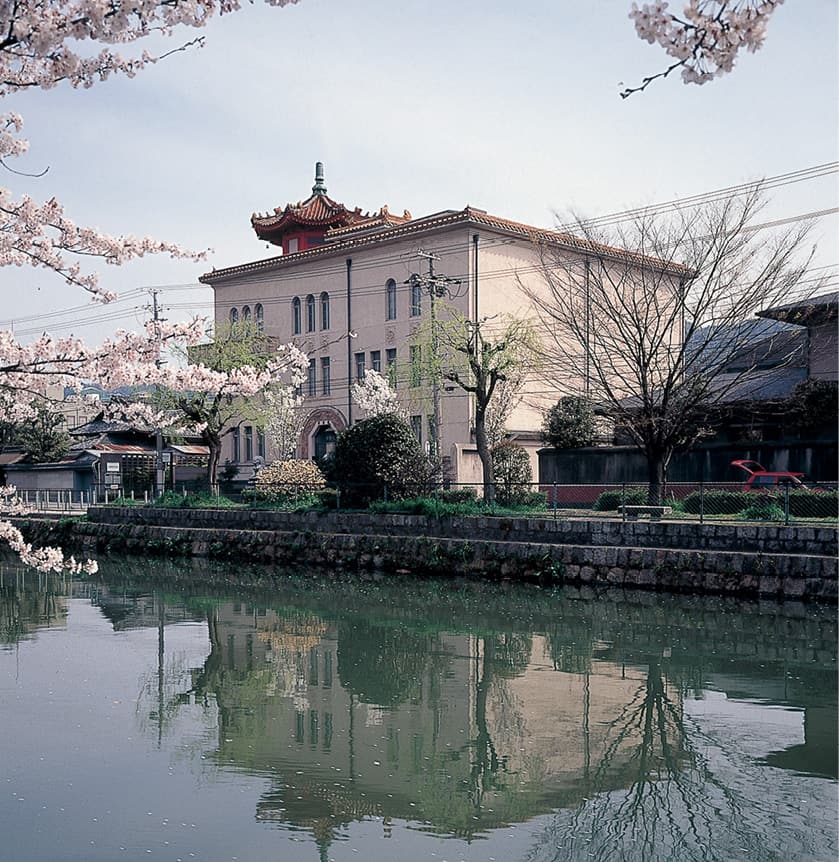
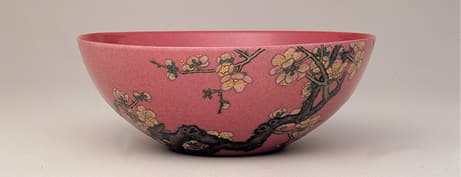
Bowl patterned with plum blossoms – Kogetsu-ken
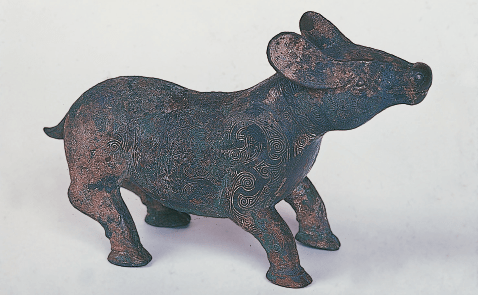
Bronze sacrificial calf (Important Art Property) from early Warring States period, Shanxi Province
The museum’s name “Yuri” comes from the Four Books of Confucian texts – whose signature name is it?
| Address | 44 Okazaki Enshoji-cho, Sakyo-ku |
|---|---|
| TEL | 075-761-0638 |
| FAX | 075-771-0005 |
| Hours | Only open on 1st and 3rd Sun each month 11:00 - 15:00 (entry by 14:30) |
| Closed | Jan & Aug |
| Adm | Adults ¥1,300, Elementary to high school students ¥1,000, The 2nd Yurinkan: ¥600, ※Both buildings are free to children age 6 or under (must be accompanied by adult) |
| Access | An 8-min walk from Exit 2 of the Subway Tozai Line Higashiyama Stn/A 5-min walk from Higashiyama- Niomon and Jingu-michi Stops of City Bus |
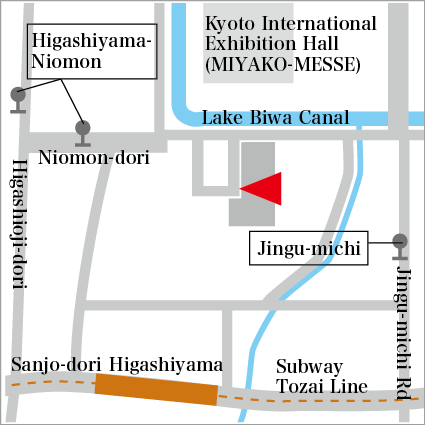
Facilities near by
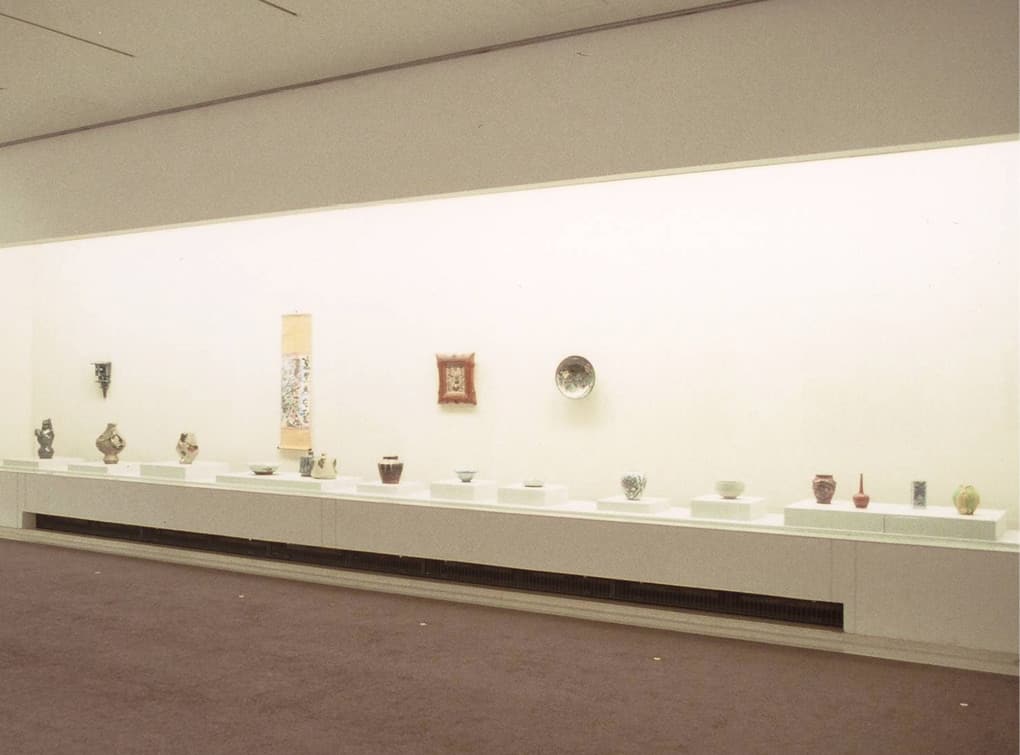
The National Museum of Modern Art, Kyoto
Exhibiting modern fine art cored around works produced in Kansai
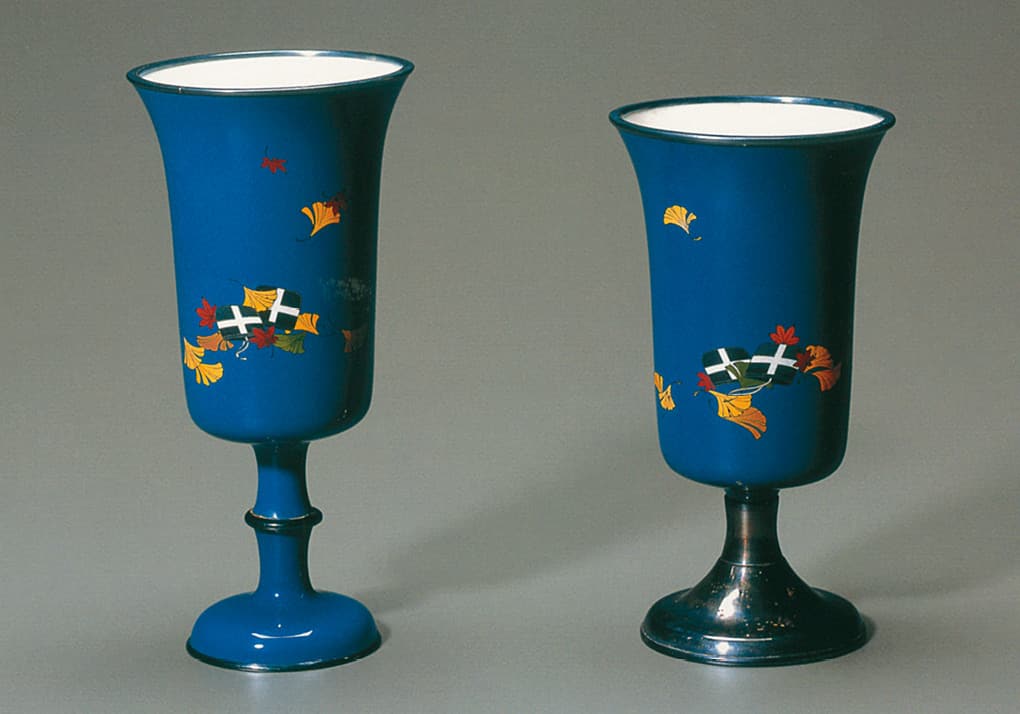
Namikawa Cloisonné Museum of Kyoto
Captivating artworks await at this mansion museum
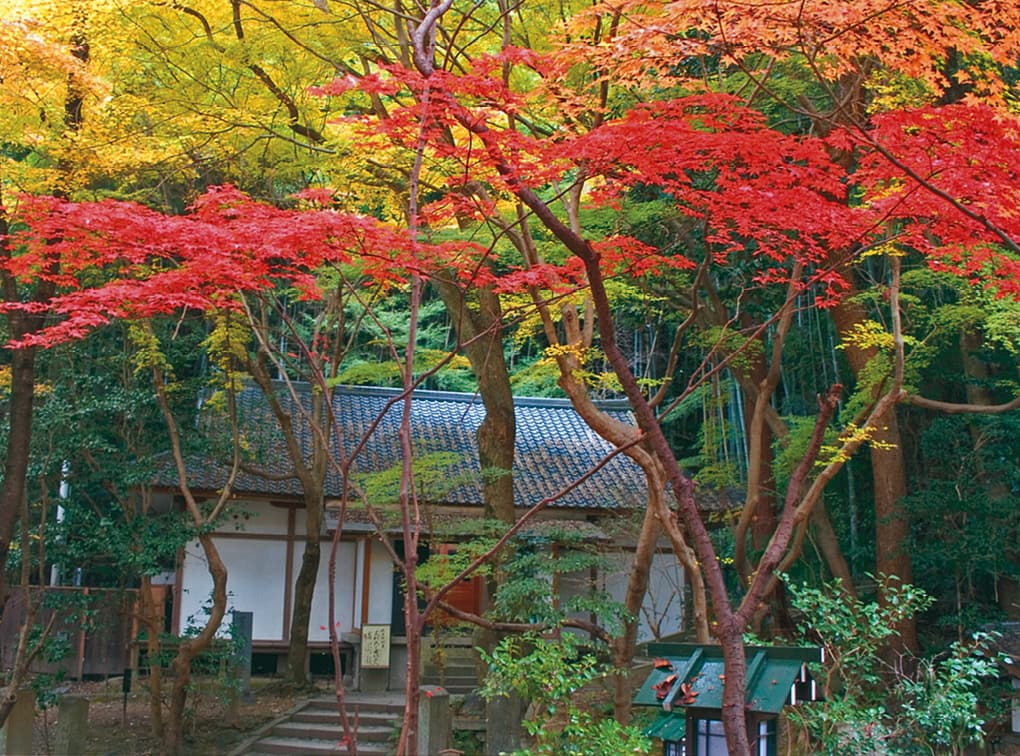
Choraku-ji Temple Repository
A historic spot at the base of the Higashiyama Mountains
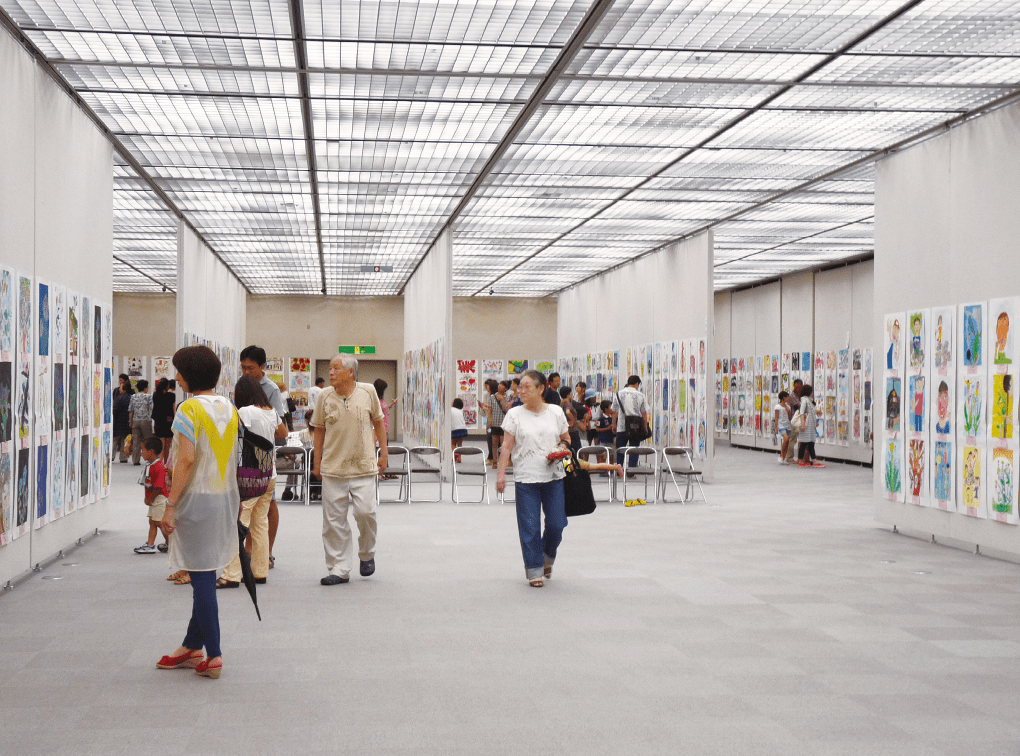
Japan Design Museum
Design culture always eyeing tomorrow’s world
